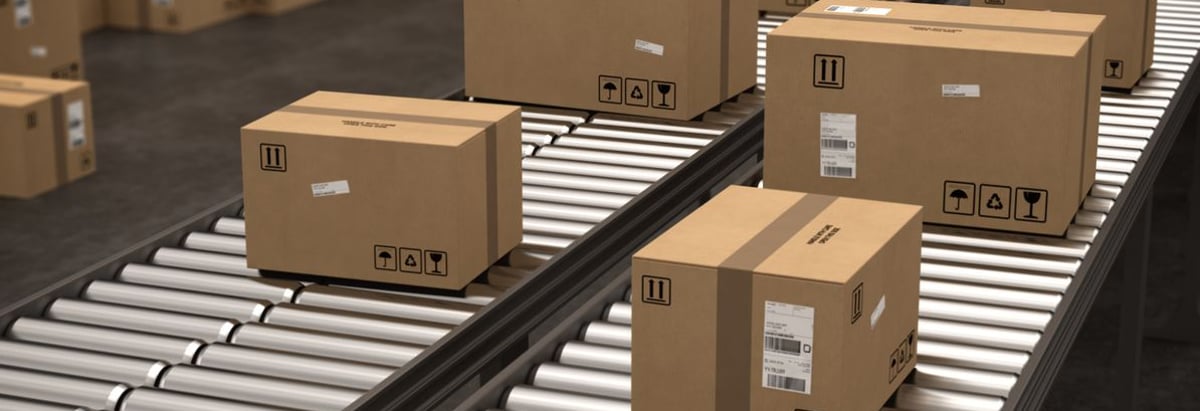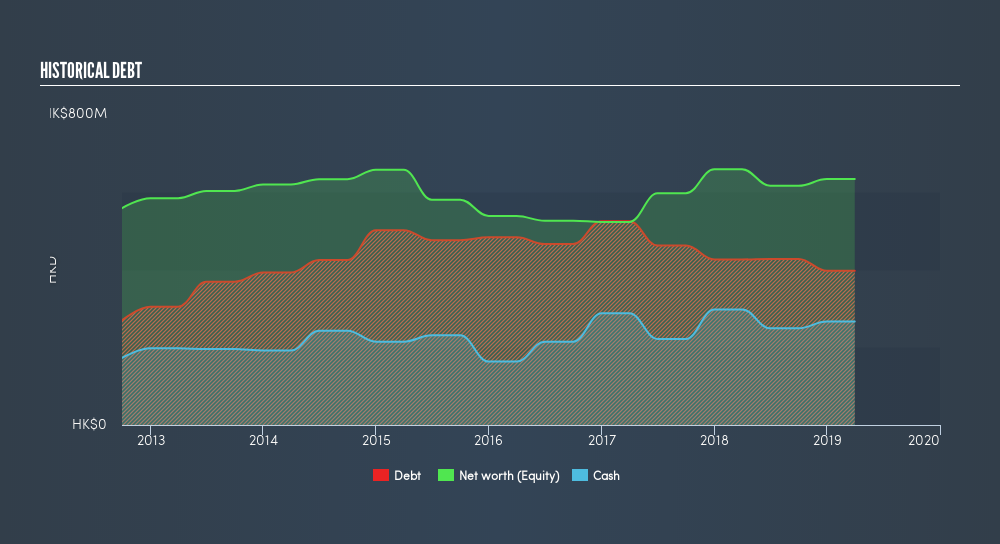Is Come Sure Group (Holdings) (HKG:794) Using Too Much Debt?

David Iben put it well when he said, 'Volatility is not a risk we care about. What we care about is avoiding the permanent loss of capital.' It's only natural to consider a company's balance sheet when you examine how risky it is, since debt is often involved when a business collapses. We can see that Come Sure Group (Holdings) Limited (HKG:794) does use debt in its business. But the real question is whether this debt is making the company risky.
What Risk Does Debt Bring?
Debt and other liabilities become risky for a business when it cannot easily fulfill those obligations, either with free cash flow or by raising capital at an attractive price. If things get really bad, the lenders can take control of the business. However, a more frequent (but still costly) occurrence is where a company must issue shares at bargain-basement prices, permanently diluting shareholders, just to shore up its balance sheet. Of course, plenty of companies use debt to fund growth, without any negative consequences. The first thing to do when considering how much debt a business uses is to look at its cash and debt together.
Check out our latest analysis for Come Sure Group (Holdings)
What Is Come Sure Group (Holdings)'s Debt?
As you can see below, Come Sure Group (Holdings) had HK$396.7m of debt at March 2019, down from HK$425.8m a year prior. However, because it has a cash reserve of HK$266.3m, its net debt is less, at about HK$130.4m.

How Strong Is Come Sure Group (Holdings)'s Balance Sheet?
We can see from the most recent balance sheet that Come Sure Group (Holdings) had liabilities of HK$561.5m falling due within a year, and liabilities of HK$18.7m due beyond that. On the other hand, it had cash of HK$266.3m and HK$224.1m worth of receivables due within a year. So its liabilities total HK$89.8m more than the combination of its cash and short-term receivables.
Come Sure Group (Holdings) has a market capitalization of HK$207.2m, so it could very likely raise cash to ameliorate its balance sheet, if the need arose. However, it is still worthwhile taking a close look at its ability to pay off debt.
We measure a company's debt load relative to its earnings power by looking at its net debt divided by its earnings before interest, tax, depreciation, and amortization (EBITDA) and by calculating how easily its earnings before interest and tax (EBIT) cover its interest expense (interest cover). This way, we consider both the absolute quantum of the debt, as well as the interest rates paid on it.
Come Sure Group (Holdings)'s net debt is sitting at a very reasonable 1.7 times its EBITDA, while its EBIT covered its interest expense just 5.6 times last year. While that doesn't worry us too much, it does suggest the interest payments are somewhat of a burden. Shareholders should be aware that Come Sure Group (Holdings)'s EBIT was down 65% last year. If that earnings trend continues then paying off its debt will be about as easy as herding cats on to a roller coaster. When analysing debt levels, the balance sheet is the obvious place to start. But you can't view debt in total isolation; since Come Sure Group (Holdings) will need earnings to service that debt. So if you're keen to discover more about its earnings, it might be worth checking out this graph of its long term earnings trend.
But our final consideration is also important, because a company cannot pay debt with paper profits; it needs cold hard cash. So we always check how much of that EBIT is translated into free cash flow. During the last three years, Come Sure Group (Holdings) produced sturdy free cash flow equating to 76% of its EBIT, about what we'd expect. This free cash flow puts the company in a good position to pay down debt, when appropriate.
Our View
Come Sure Group (Holdings)'s EBIT growth rate was a real negative on this analysis, although the other factors we considered cast it in a significantly better light. In particular, its conversion of EBIT to free cash flow was re-invigorating. Looking at all the angles mentioned above, it does seem to us that Come Sure Group (Holdings) is a somewhat risky investment as a result of its debt. That's not necessarily a bad thing, since leverage can boost returns on equity, but it is something to be aware of. Another positive for shareholders is that it pays dividends. So if you like receiving those dividend payments, check Come Sure Group (Holdings)'s dividend history, without delay!
At the end of the day, it's often better to focus on companies that are free from net debt. You can access our special list of such companies (all with a track record of profit growth). It's free.
We aim to bring you long-term focused research analysis driven by fundamental data. Note that our analysis may not factor in the latest price-sensitive company announcements or qualitative material.
If you spot an error that warrants correction, please contact the editor at editorial-team@simplywallst.com. This article by Simply Wall St is general in nature. It does not constitute a recommendation to buy or sell any stock, and does not take account of your objectives, or your financial situation. Simply Wall St has no position in the stocks mentioned. Thank you for reading.
About SEHK:794
Come Sure Group (Holdings)
An investment holding company, engages in the manufacture, sale, and trading of corrugated paperboards and paper-based packaging products in Hong Kong, Macau, and the People’s Republic of China.
Excellent balance sheet low.
Similar Companies
Market Insights
Community Narratives





